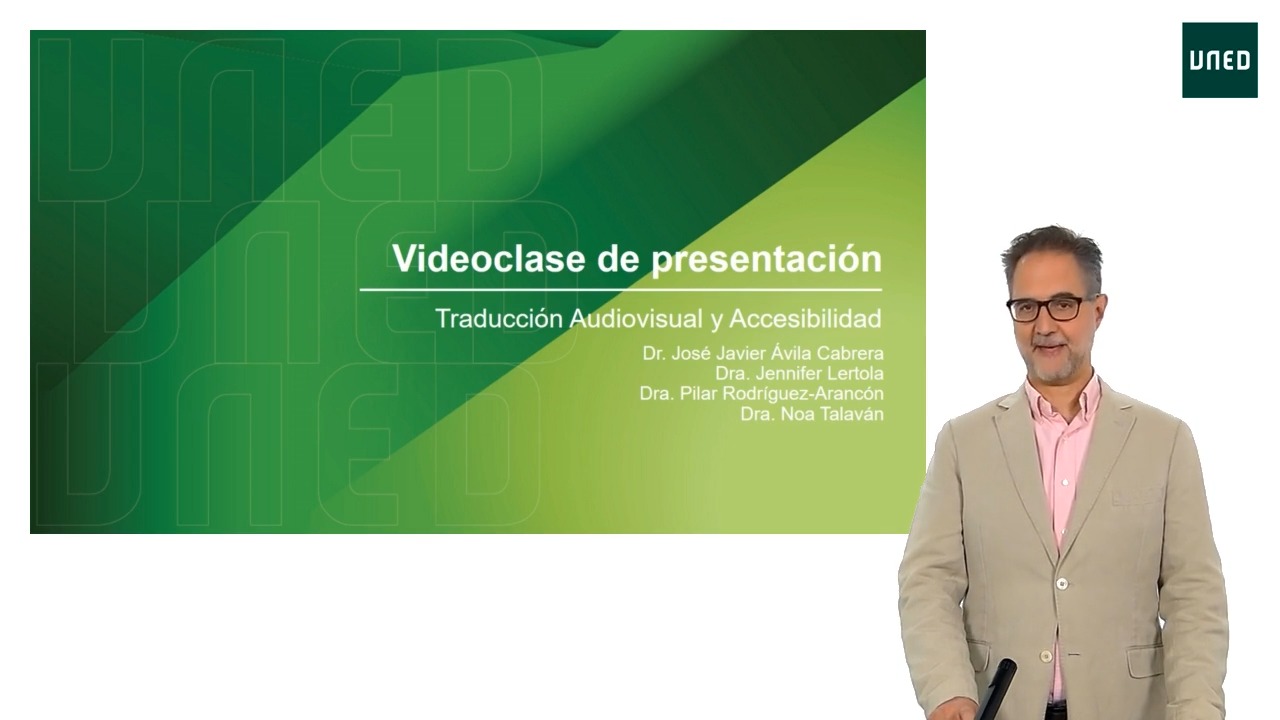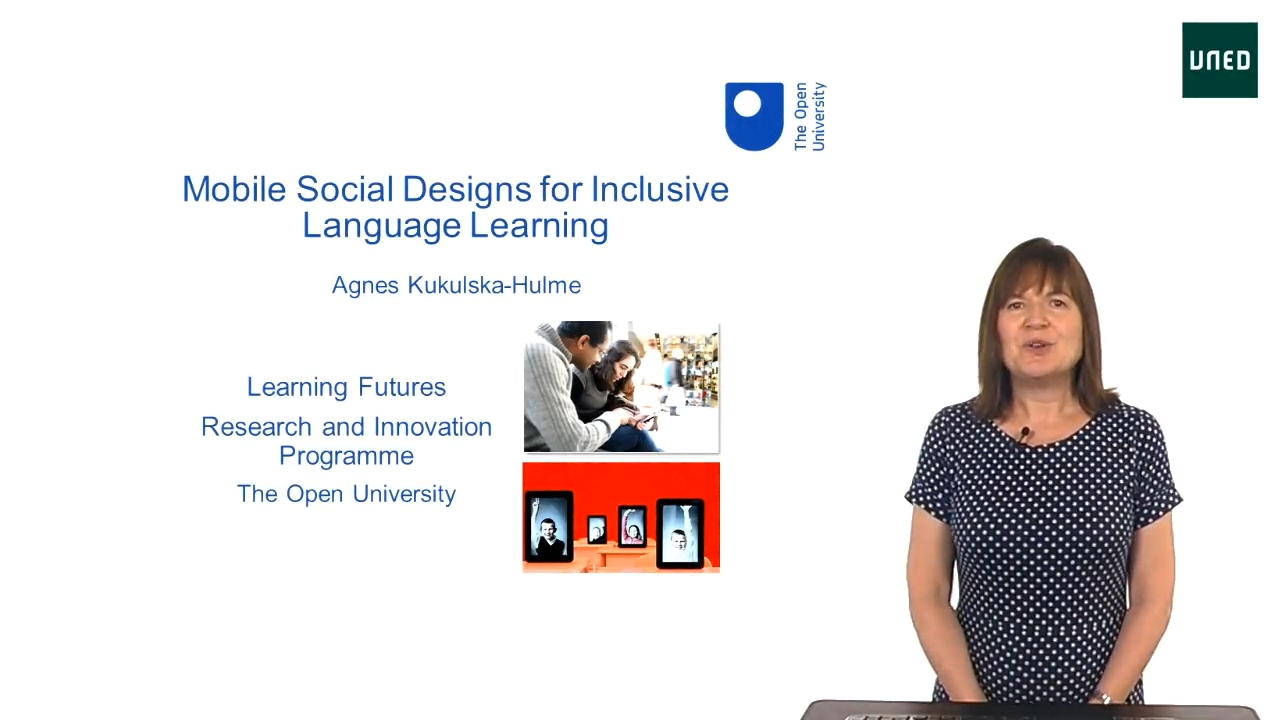Methodological and technological innovation in distance language learning: Mobile, open and social learning
Enseñanza a distancia; Metodología de la UNED; Movilidad de estudiantes; Programa ERASMUS; Programa CampusNet
Technology is a common factor in language learning these days, independent of level, modality and scenario. It is not necessary anymore to make a case for the use of computers and mobile devices in any type of linguistic education/training because they are already being used! All parties involved in the learning process are convinced of their value, as can be witnessed by teachers - and particularly students - walking to and from their classes with just a laptop, tablet PC, or any other mobile device in hand. This is not just a passing fad. The affordances of computer- and mobile-assisted language learning are decisive and their use is likely to coexist with conventional methods (and, in some cases, substitute them) in the foreseeable future. Technological adoption and integration is rapidly progressing and not something just limited to the more affluent students (currently there are five times more low cost Android devices connected to the Internet than more expensive Apple iOS ones ). Furthermore, modern students are typically already digitally proficient – often more so than their teachers – and confidently expect them to come up with learning activities that are both linguistically and digitally challenging.
Mobiles can be seen to enhance social interaction above and beyond any other function they might have as telephones. The portability that they enable is only one of their many useful features in the highly mobile society in which we live, together with the possibility of using them readily as a language tutor or assistant in a communicative situation. Mobiles allow us to personalize our learning, incorporate the varying contexts in which we are immersed and engage in incidental learning as and when it becomes available. In general, mobile social networks, both vertical and horizontal, offer a way for information to be curated, analysed and fed-forward into our peer group, enabling interaction to take place seamlessly as people move around in their everyday lives. It is not surprising that the interrelated concepts of mobility, collaboration and openness are trending at the moment in the field of education, used in relation to resources, practices and courses, either within or beyond formal education systems. The very fact that we always have them with us - reflecting the BYOD philosophy and its implicit motivational effects - enables us to blur the distinction between classroom and free time and expands/enriches the variety of ways in which learning can be effectively undertaken. It is not surprising either that language teachers see the need to include such mobile, open and social interaction in the learning process.
In this talk I will discuss the advantages and disadvantages that such networked mobile devices, their applications, and related conceptual frameworks can entail for students and the associated challenges for language teachers, with a focus on distance learning scenarios. I will go on to consider how they can be used in open and social language learning and the role that the teacher could play in this process.
-
María Elena Bárcena Madera profesora Departamento de Filologías Extranjeras y sus Lingüísticas, UNEDRaquel Viejo Montesinos realizadora UNED Media
Archivos adjuntos



















